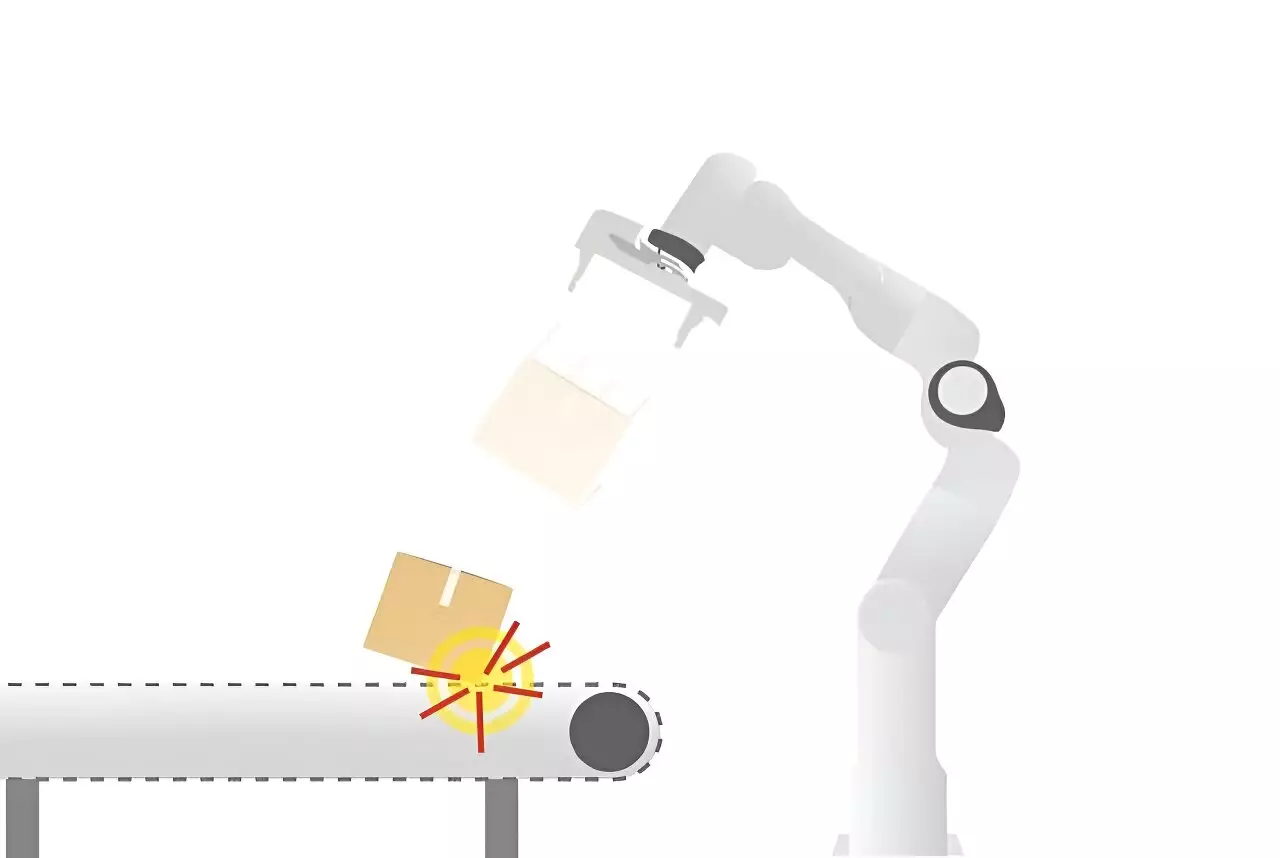The automotive sector has long relied on robotics to enhance production and efficiency; however, the last few years have seen a transformative shift as robots pave new pathways into logistics and beyond. Despite their increasing prevalence, contemporary robots are inherently limited in their operations, typically adhering to repetitive tasks or a set sequence of actions without adapting to their environments. For robots to unlock their full potential, the development of human-like abilities is critical. This includes rapid physical interaction, an advanced sense of spatial awareness, and the ability to adapt to environmental changes swiftly.
The Necessity of Enhanced Capabilities
In discussing the limitations of current robotic systems, the need for more sophisticated interaction capabilities becomes evident. Robots must be designed to tackle tasks that are either hazardous or ergonomically unsuitable for humans. From managing heavy baggage at airports to operating in dangerous zones like nuclear plants or even conducting explorations in space, there exists a vast potential for robots in roles that prioritize safety and efficiency. However, the challenge remains: robots traditionally interact with their surroundings in a static, overly cautious manner. This approach often hinders performance, particularly when executing tasks that demand both speed and precision.
The I.AM Project: Pioneering Impact-Aware Robotics
To address these challenges, the I.AM project, led by researchers at the Eindhoven University of Technology, has taken a novel approach by focusing on “collision exploitation” instead of mere “collision avoidance.” Associate Professor Alessandro Saccon has spearheaded efforts to create robots capable of dynamic interactions with their environments. Instead of fearfully avoiding contact, these robots are trained to confidently predict and react to situations involving rapid contact with heavy objects.
This innovative perspective allows robots to perform complex maneuvers, such as swiftly and reliably picking up oddly shaped or unexpectedly heavy objects. The research undertaken in the I.AM project emphasizes the importance of impact-aware control algorithms that can adapt to the unpredictability of real-world scenarios. Here, the emphasis is placed on the natural dynamics of interaction, which provides a framework for robots to learn from their environmental context.
The Challenges of Perception and Adaptability
One of the primary obstacles addressed by Saccon and his team involves the inherent discrepancies between robotic predictions and actual environmental dynamics. When handling objects, a robot must contend with variability: objects may be heavier than they appear, or their location might deviate by mere centimeters from the robot’s expectations. In this context, robustness is paramount. Therefore, the team employs first-principle physics calculations alongside software simulations that enhance their understanding of both the mathematical models and the physical realities at play.
The iterative process involved in refining these control algorithms integrates real-time measurements with theoretical models, ensuring that the robot’s behavior aligns closely with established real-world patterns. This cycle of simulation, evaluation, and adjustment proves essential in cultivating reliable and fluid robotic interactions.
Collaboration is fundamental, as exemplified by the partnership with VanderLande, a leading figure in logistics automation. This alliance not only offered invaluable insights into the industry’s challenges but also facilitated hands-on experimentation through shared facilities at TU/e. Such collaborations are critical as they harness real-life scenarios to tackle theoretical limitations and expedite the development of practical solutions. Working alongside students and industry professionals fosters an environment ripe for innovation and actively engages the next generation of robotic engineers.
Throughout this endeavor, it becomes increasingly clear that the Netherlands has solidified its reputation as a frontrunner in robotics research. With notable contributions across disciplines, including medical and mobile robotics, the country is setting benchmarks for future innovations. The I.AM project’s focus on impact-aware robotics has not only raised its profile but has also attracted global interest, highlighting the international relevance of local research efforts.
Moving forward, the fusing of robotics with advanced logistics automation and spatial perception promises to unlock new potential across various sectors. The commitment to advancing this research feeds into numerous possible future projects, hinting at a continued trajectory of growth and exploration.
The journey towards more adaptable robotics is marked by both challenges and exciting opportunities. As Saccon reflects on the successes of the I.AM project, there lies an unyielding ambition to continue exploring advanced planning and real-time perception. The ongoing collaboration with local and international enterprises, coupled with the enhanced training of students who may integrate into these industries, showcases a flourishing ecosystem driven by innovation.
The implications of advanced robotic programming extend far beyond industrial efficiency, potentially redefining our relationship with technology and its role in shaping a safer and more efficient future. The proactive approach currently being taken in the field will undoubtedly see robots engaging with their environments in more human-like ways, completing tasks with reliability and speed we once thought unattainable.


Leave a Reply